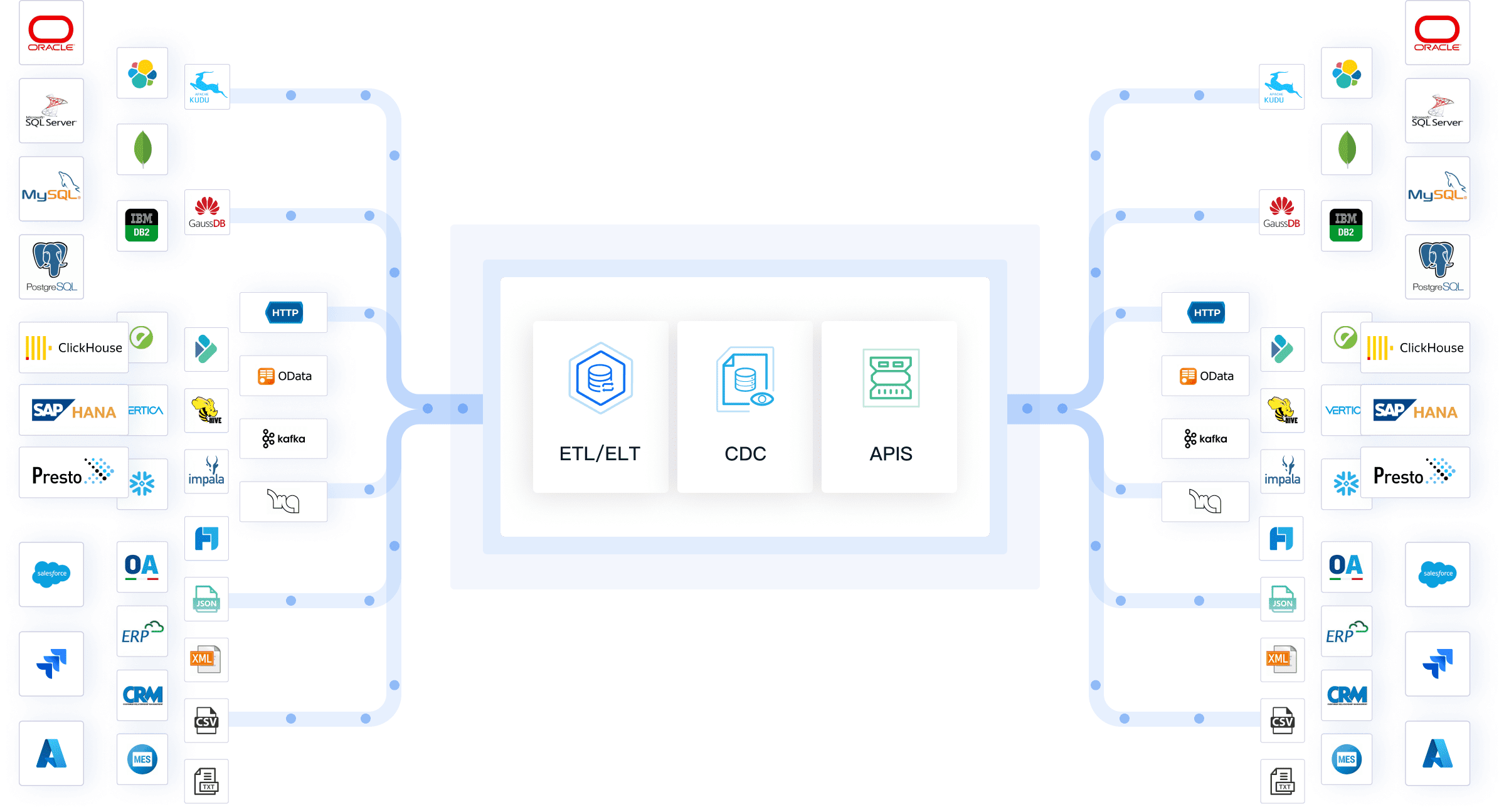Product master data refers to the core product information you use across your business systems. When you keep product master data accurate, accessible, and standardized, you avoid issues like inconsistent communication, missed sales, and pricing errors.
| Impact Type | Description |
|---|---|
| Customer Data Inaccuracy | Leads to frustrating, inconsistent experiences that erode satisfaction and loyalty. |
| Product Data Staleness | Results in unreliable marketing collateral, leading to lost credibility, sales, and leads. |
| Targeting Errors | Causes marketing campaigns to waste resources by poorly matching messages to audience interests. |
| Pricing Errors | Results in missed revenue opportunities and potential damage to the organization's reputation. |
| Forecasting Miscalculations | Leaves organizations with idle capacity or insufficient resources to meet real customer demand. |
Managing product master data supports your business growth and efficiency. You gain the ability to meet regulatory requirements, leverage digital channels, and use analytics to personalize marketing and improve supply chain operations. FineDataLink helps you achieve these goals by simplifying product master data management.
Product Master Data Overview

What Is Product Master Data?
You rely on product master data as the foundation for all your business operations. This data acts as the central source of truth for your organization, ensuring that everyone accesses the same, accurate product information. Product master data includes all the essential details about your products, such as names, descriptions, specifications, pricing, and images. When you maintain a centralized repository for this information, you eliminate confusion and reduce the risk of errors across departments.
Master Data Management (MDM) helps you create a unified and consistent view of product master data. By centralizing this information, you make it accessible and trustworthy for every team. A well-structured product master data system supports collaboration, streamlines updates, and ensures that your business uses comprehensive product data for every process.
Note: Centralizing product master data not only improves accuracy but also supports regulatory compliance and enhances your ability to respond quickly to market changes.
Key Elements of Product Master Data
Product master data contains several key components that you need to manage effectively. These elements provide a complete picture of each product and support your business processes. The table below outlines the most common components found in product master data across industries:
| Component | Description |
|---|---|
| Product Hierarchy | Includes Supplier Name, Brand Name, Product Name, and SKU Name. |
| Commercial Attributes | Encompasses product description, chemical name, technical properties, product family, markets, applications, functions, and other related attributes. |
| Commercial SKU Attributes | Consists of package sizes, lead times, or minimum order quantities (MOQs), typically found in ERP systems. |
You also need to centralize critical product information such as descriptions, specifications, pricing, and images. This approach ensures accuracy, consistency, and up-to-date information throughout your organization.
A centralized repository for product master data supports seamless integration with ERP and CRM systems. This integration provides a single version of the truth, eliminates discrepancies, and ensures that all departments work with consistent product information. When you use structured product data, you enable automation, improve reporting, and support better decision-making.
The benefits of maintaining high data quality in your product master data are significant. You streamline product information management, enhance customer experience, and increase operational efficiency. For example, a multinational manufacturer that standardized product master data across regions achieved a 25% faster time-to-market for new products and improved inventory management accuracy.
To ensure data quality, you should:
- Establish data quality metrics to measure accuracy, completeness, and consistency.
- Set acceptable thresholds for these metrics to trigger corrective actions.
- Regularly monitor these metrics to identify trends and areas needing improvement.
A centralized repository for product master data also reduces operational inefficiencies and IT costs. You avoid data duplication, improve compliance, and protect your organization from data security risks. By following best practices such as centralized data storage, clear data ownership, and standardized formats, you maintain high data quality and support business growth.
Tip: Implementing a data governance program and appointing data stewards helps you maintain accountability and ensures that your product master data remains accurate and reliable.

Importance of Product Master Data
Business Impact of Accurate Product Master Data
You rely on product master data to drive efficiency and growth in your business. When you maintain high data accuracy and consistency, you create a single source of truth for your product information. This approach reduces errors and supports faster decision-making. You can see the impact in large organizations, where teams need reliable product information to respond quickly to market changes.
| Benefit | Impact on Decision-Making |
|---|---|
| Single source of truth | Reduces errors and improves data accuracy and consistency |
| Enhanced collaboration | Facilitates faster responses to opportunities and risks |
| Better compliance | Ensures adherence to regulatory requirements |
| Efficient operations | Streamlines processes, allowing quicker decision-making |
| Real-time insights | Provides up-to-date product information for informed choices |
Accurate product master data supports better strategic planning. You can automate data consolidation, which reduces manual effort and improves productivity. You also enhance customer experience by delivering consistent product information across all channels. Many companies have improved customer satisfaction and increased revenue by investing in master data management. For example, a manufacturing company streamlined its processes and reduced manual data entry after improving product master data quality. This change led to greater data security and better compliance.
Tip: When you standardize product information, you make it easier for teams to collaborate and share insights. This practice helps you launch products faster and respond to customer needs more effectively.
Role of Product Master Data in Supply Chain and Collaboration
Product master data plays a critical role in supply chain management. You need accurate product information to coordinate with suppliers, manage inventory, and track shipments. Centralizing product master data ensures data accuracy and consistency across all platforms. This approach allows you to share product information with partners and vendors without confusion.
| Risk Type | Description |
|---|---|
| Operational Inefficiencies | Poor data quality leads to wasted time and resources, affecting overall supply chain efficiency. |
| Financial Losses | Inaccurate product information can damage income and undermine financial projections. |
| Reputational Damage | Negative customer experiences arise from poor data, harming your company's reputation. |
Supply chains involve complex connections between businesses. You must share vital product information, such as specifications and regulatory requirements, with suppliers. Poor management of product master data can lead to inconsistencies and operational challenges. Many organizations face financial risks due to data silos and inconsistencies. Studies show that poor data quality can cost businesses millions each year.
When you centralize and standardize supplier data, you improve procurement and compliance. You also gain real-time visibility into inventory and logistics. This transparency helps you make informed decisions and avoid costly mistakes. By focusing on data accuracy and consistency, you strengthen collaboration and build trust with your partners.
Product Master Data Management

Challenges in Managing Product Master Data
You face many challenges when you try to manage product master data across your organization. These challenges often arise from the complexity of handling large volumes of product information and the need for consistent standards. You must address issues such as insufficient data governance, siloed operations, and the lack of master data standards. These problems can lead to poor data quality, duplication, and communication gaps.
| Challenge | Description |
|---|---|
| Insufficient governance | Lack of clear ownership and oversight leads to poor data quality. |
| Siloed operations | Independent functions cause data segregation and duplication, hindering communication and decision-making. |
| Lack of master data standards | Inconsistent guidelines result in data discrepancies, affecting operations and launch readiness. |
You often see data silos and legacy systems create barriers to effective product master data management. These isolated systems make it hard to share product information across departments. You may notice inconsistencies and inefficiencies because data remains trapped in separate systems. This isolation limits visibility and collaboration, making it difficult to maintain high-quality product master data.
Siloed data can result in duplication and fragmentation. You might find the same product information stored in different formats, which complicates reporting and analysis. This fragmentation makes it hard to recognize trends and derive meaningful insights. You may struggle to innovate and grow because your product master data lacks coherence.
You need strong data governance to overcome these challenges. Data governance provides clear ownership and accountability for product master data. You set standards for data quality, consistency, and security. You also establish processes for monitoring and improving product information management. When you implement data governance, you reduce errors and improve compliance.
You must also focus on product information management best practices. You should centralize product master data, standardize formats, and automate updates. You need to ensure that all teams use the same product information for every business process. This approach supports collaboration and streamlines operations.
Note: You can improve product master data management by investing in data governance, centralizing product information, and adopting standardized processes.
FineDataLink for Product Master Data Management
You need a reliable solution to address the challenges of product master data management. FineDataLink offers a modern platform designed to help you integrate and manage product master data efficiently. You can use FineDataLink to synchronize product information across multiple systems in real time. The platform supports advanced ETL and ELT processes, which clean, standardize, and verify your data. These processes eliminate inconsistencies and errors, giving you a coherent data structure for business intelligence.
FineDataLink features a low-code interface that simplifies complex data integration tasks. You can use drag-and-drop tools to build data pipelines and automate product information management workflows. The platform supports over 100 common data sources, allowing you to connect and synchronize product master data from various environments. You can deploy APIs quickly, making it easy to share product information between different systems, including SaaS applications.
- FineDataLink enables real-time data synchronization, reducing latency and ensuring that your product master data remains up to date.
- You can use ETL and ELT functions to preprocess and transform product information, supporting data warehouse construction and analytics.
- The platform’s API integration allows you to create and launch APIs in minutes, facilitating seamless data exchange between enterprise systems.
You can measure the ROI of implementing FineDataLink for product master data management by tracking key metrics. You should consider the number of golden records managed, the size of your project teams, and financial performance indicators such as earnings and operational expenditures. You will see direct benefits like increased revenue and reduced compliance costs. Indirect benefits include enhanced customer satisfaction and improved data security.
Tip: You can maximize the value of product master data management by using FineDataLink to automate data integration, improve data governance, and streamline product information management.

Manufacturing Supply Chain Management Use Case
You can apply FineDataLink to manufacturing supply chain management to solve common industry challenges. Manufacturers often struggle with fragmented product master data, inefficient manual processes, and lack of real-time visibility. FineDataLink integrates procurement, inventory, and sales data, providing a centralized control tower for supply chain analysis. You gain real-time insights into inventory levels, supplier performance, and logistics operations.
You can optimize procurement by analyzing supplier data and contract terms. You improve inventory management with real-time tracking and predictive analytics. You enhance sales logistics by monitoring pricing and credit control. FineDataLink supports data governance by ensuring that all product information remains accurate and consistent across the supply chain.
When you use FineDataLink for product master data management in manufacturing, you reduce costs, improve efficiency, and support strategic planning. You achieve greater agility and competitiveness in a rapidly evolving market.

Effective product master data management drives business success. You gain a single source of truth, which improves collaboration and speeds up product launches. The benefits of product master data management include increased operational efficiency and better customer experiences. Modern platforms like FineDataLink offer scalable and reliable data integration, helping you avoid common pitfalls such as poor tool selection and weak business cases.
| Benefit | Description |
|---|---|
| Cross-Departmental Collaboration | Unified product information eliminates silos and fosters teamwork. |
| Faster Time to Market | Accessible data reduces delays in product launches. |
| Next-level Product Innovation | Strategic data use supports better product development. |
| Delightful Customer Experience | Consistent product data enhances satisfaction and loyalty. |
You should review your current product master data practices and consider adopting modern solutions to unlock the full benefits of product master data management.

Continue Reading About Product Master Data
Enterprise Data Integration: A Comprehensive Guide
What is enterprise data and why does it matter for organizations
Understanding Enterprise Data Centers in 2025
Enterprise Data Analytics Explained for Modern Businesses
FAQ

The Author
Howard
Engineer Data Management & Ahli Data Research Di FanRuan
Related Articles

Top 10 Database Management Tools for 2025
See the top 10 database management tools for 2025, comparing features, security, and scalability to help you choose the right solution for your business.
Howard
Dec 17, 2025

Best Data Lake Vendors For Enterprise Needs
Compare top data lake vendors for enterprise needs. See which platforms offer the best scalability, integration, and security for your business.
Howard
Dec 07, 2025

Top Data Ingestion Platform Compared
Compare the top 7 data ingestion platforms, including real-time features, integration, scalability, and pricing to find the best fit for your business.
Howard
Dec 04, 2025



